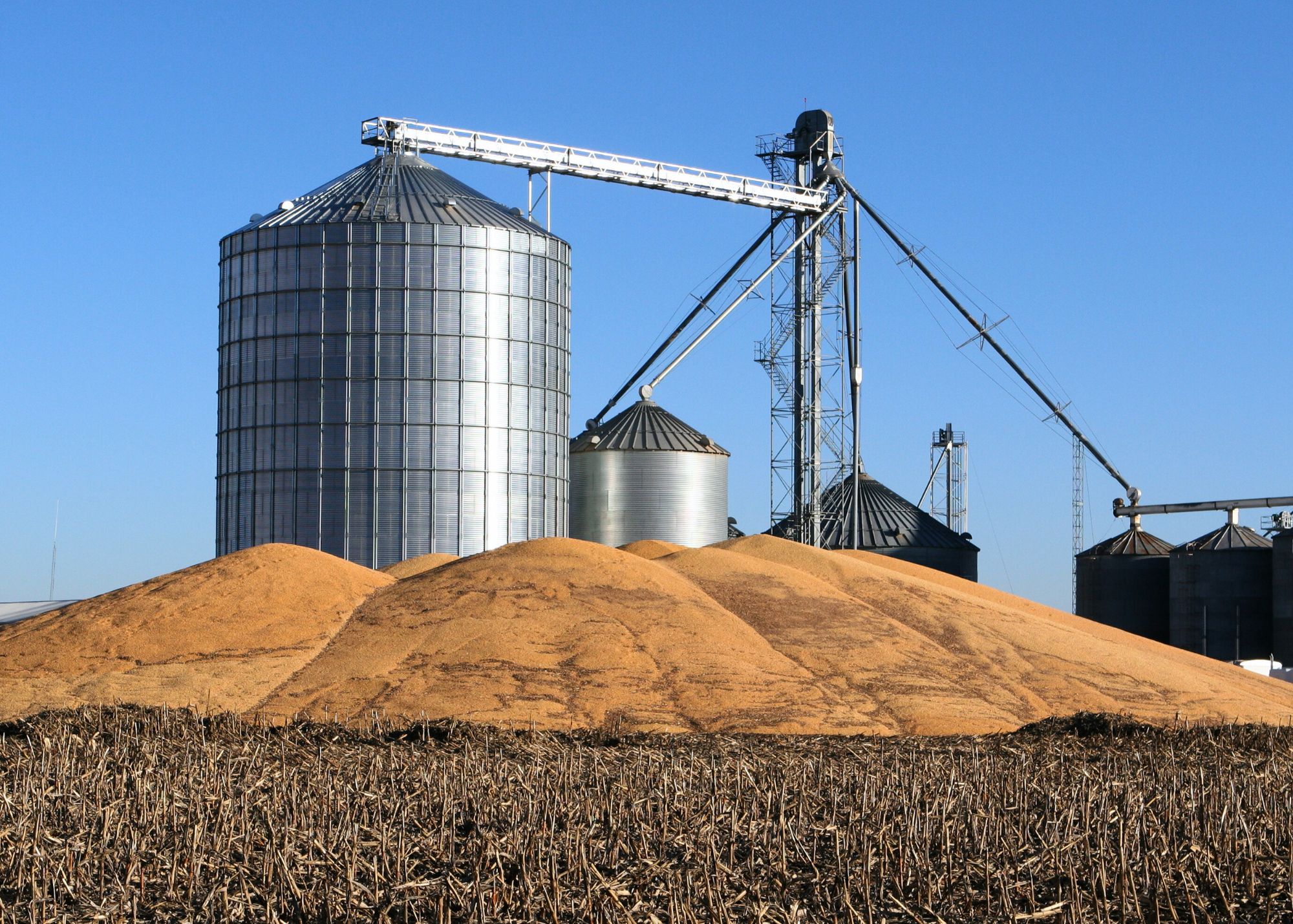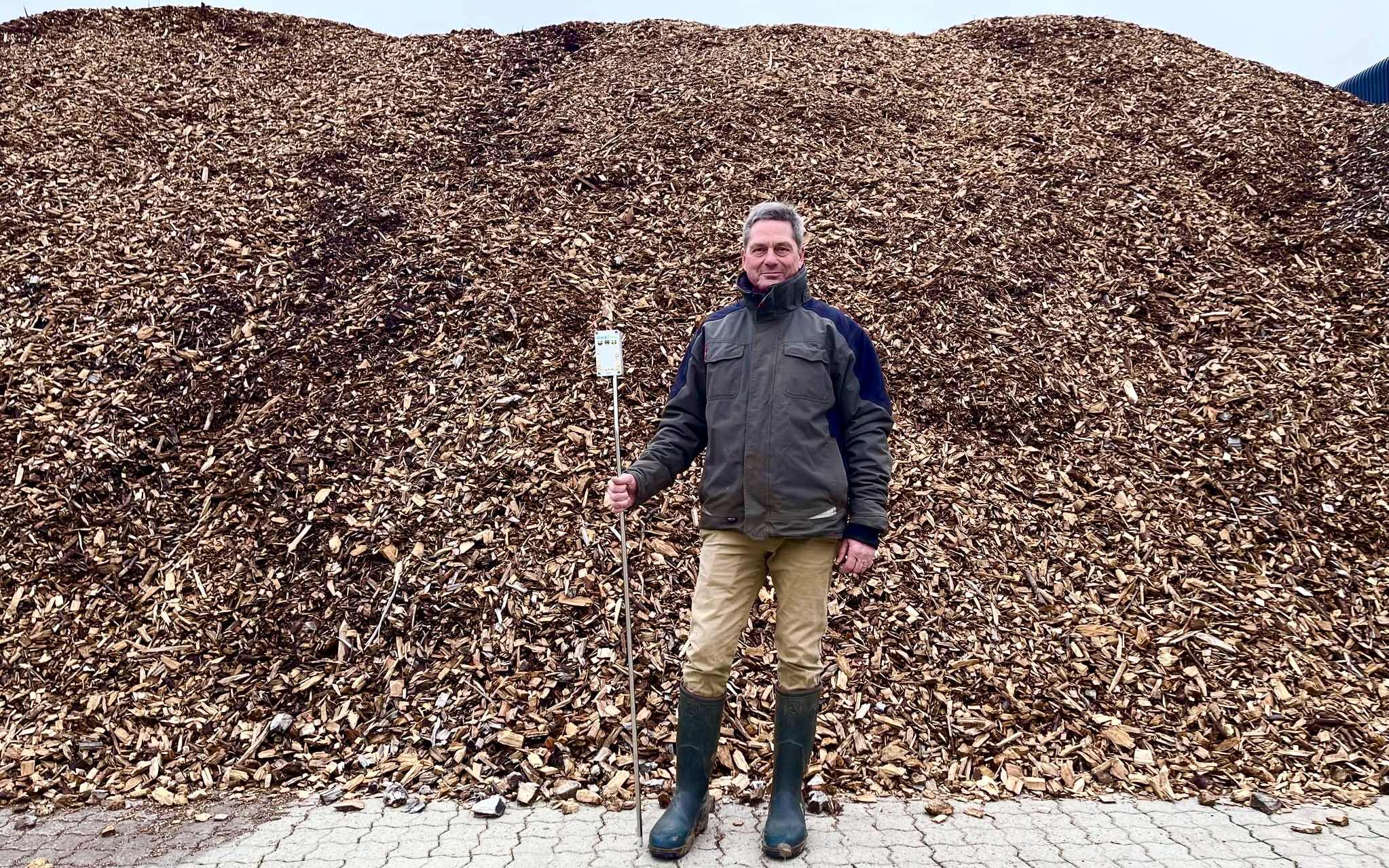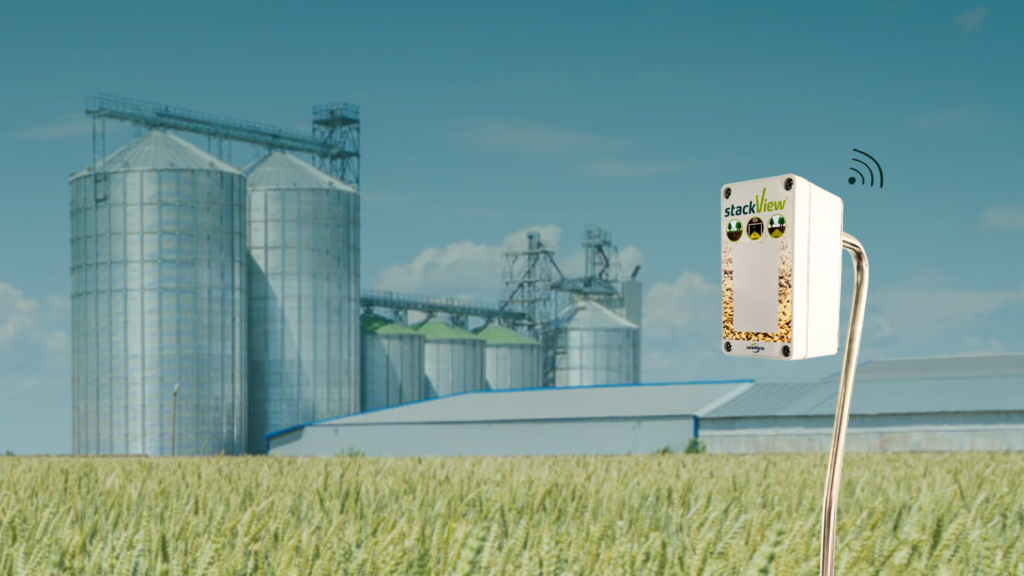Accurate monitoring of temperature and humidity in stored crops such as grain and seeds are crucial to ensure their quality and longevity. Fluctuations in temperature and humidity can lead to significant damage to crops, such as increased risk of mold growth, deterioration of product quality, and economic loss.
Why temperature and humidity monitoring are important
Grain and seeds are susceptible to mold and fungal growth under humid conditions. Continuous monitoring and maintenance of optimal humidity levels can help minimize this risk and preserve the quality of crops.
Unstable temperatures and humidity levels can lead to the degradation of nutrients in grain and seeds over time. By maintaining proper storage conditions, the nutritional value of crops can be preserved.
Poor warehouse management can result in significant losses for farmers and industrial players. By implementing effective monitoring solutions, waste can be reduced, and the overall profitability of the storage process can be increased.
Real-time data on temperature and humidity allow for quick reactions and minimize the risk of crop deterioration.
Temperature and humidity monitoring with StackView
With StackView temperature and humidity sensors, one can easily and effectively monitor the temperature and humidity in their grain and seed storage 24/7. Ensuring that temperature and humidity are maintained at a high-quality level.
The accompanying software can be installed on one's PC or mobile phone, allowing for personalized alarms to be set at chosen times of the day, warning if the temperature and humidity in grain and seed storage exceed a certain degree.
Data logging can analyze historical trends and patterns. This data can be used to optimize crop management and improve productivity. With real-time tracking, StackView can assist in optimizing drying and purchasing processes, preventing deterioration of grain quality, and reducing waste.
Discover more: Digital monitoring of crops in silos



